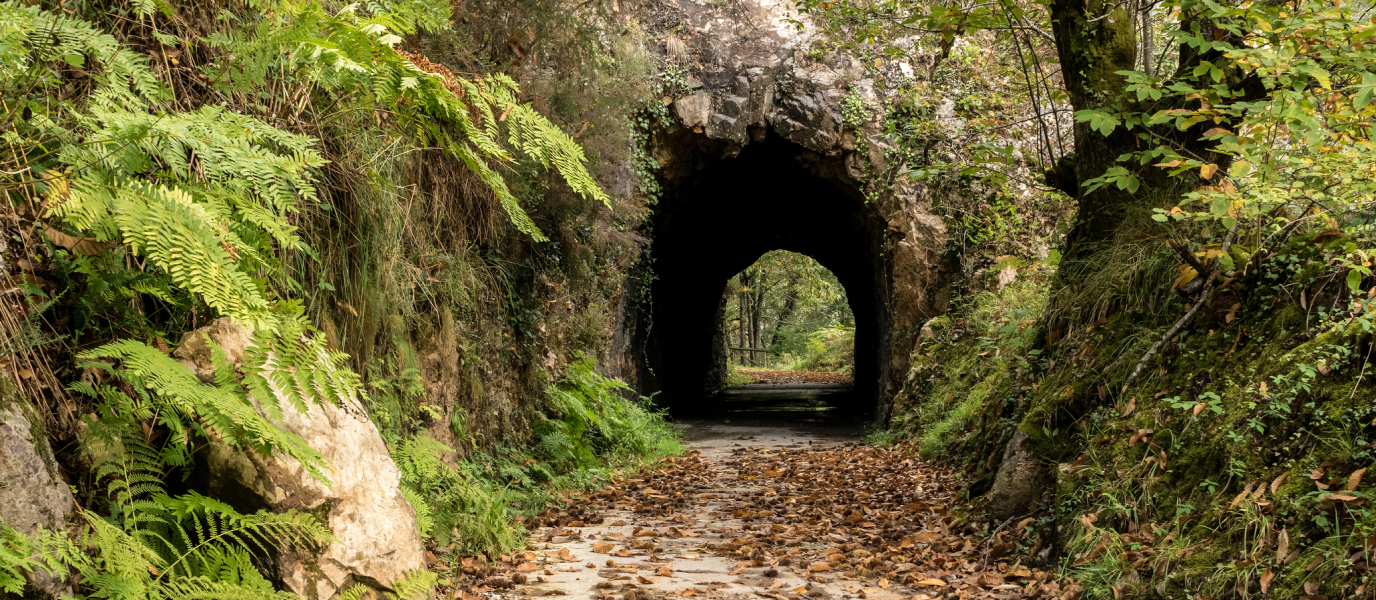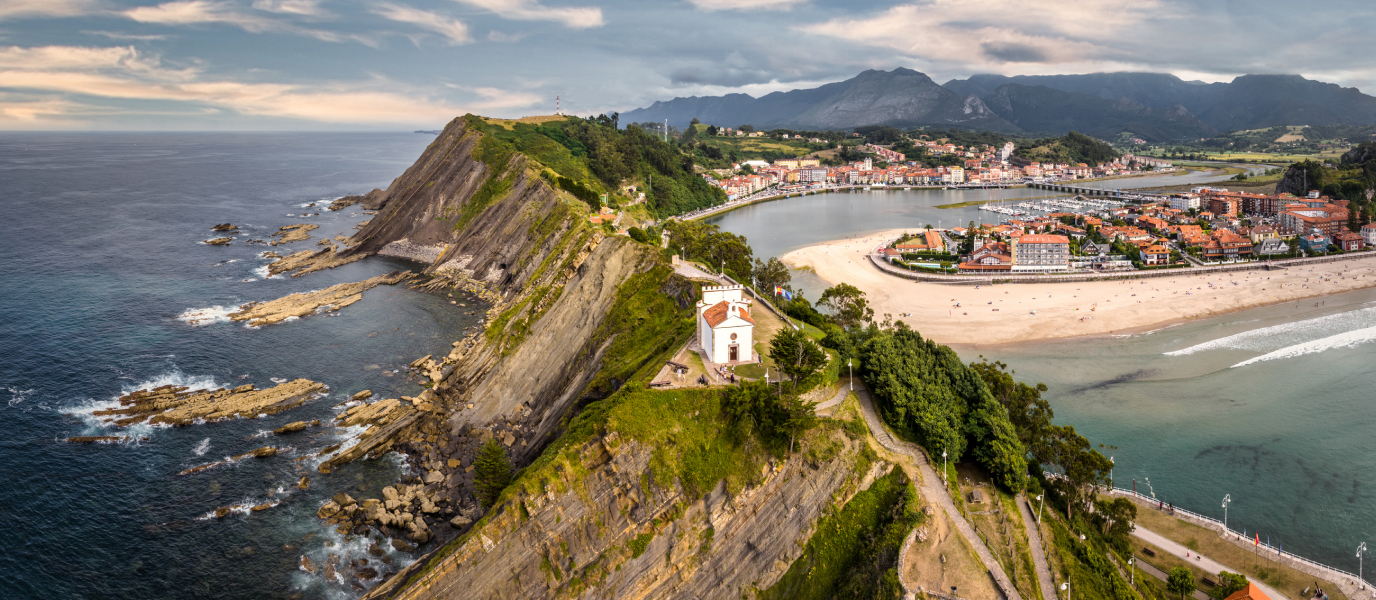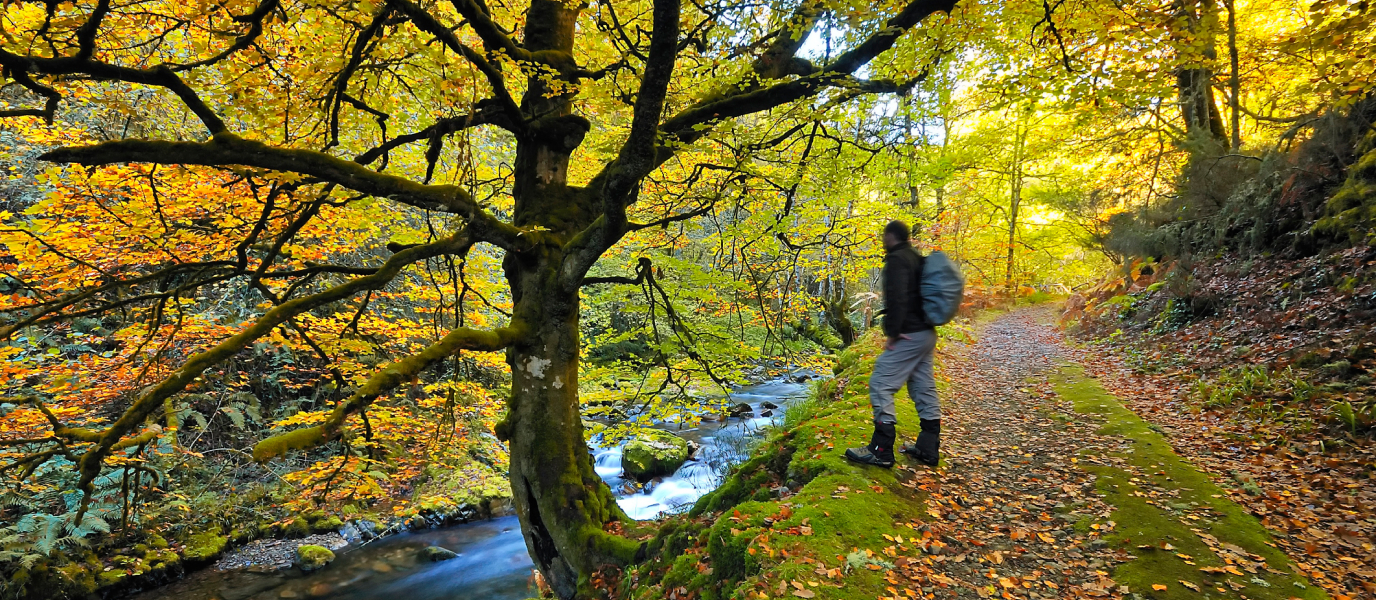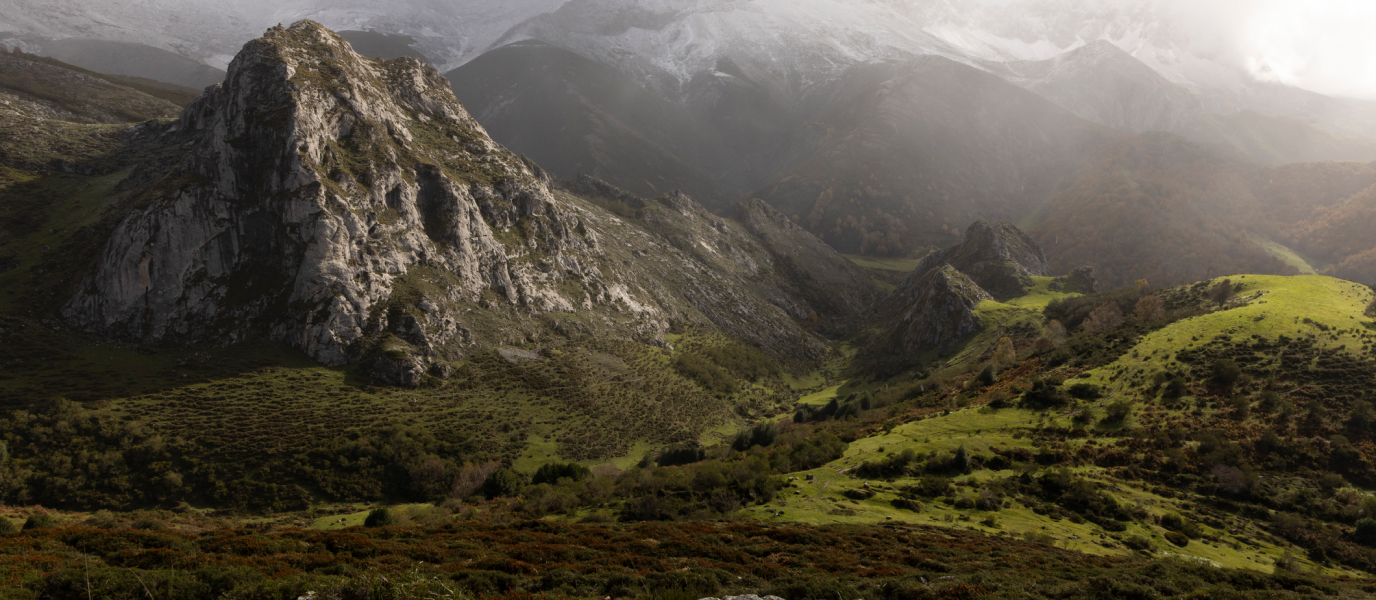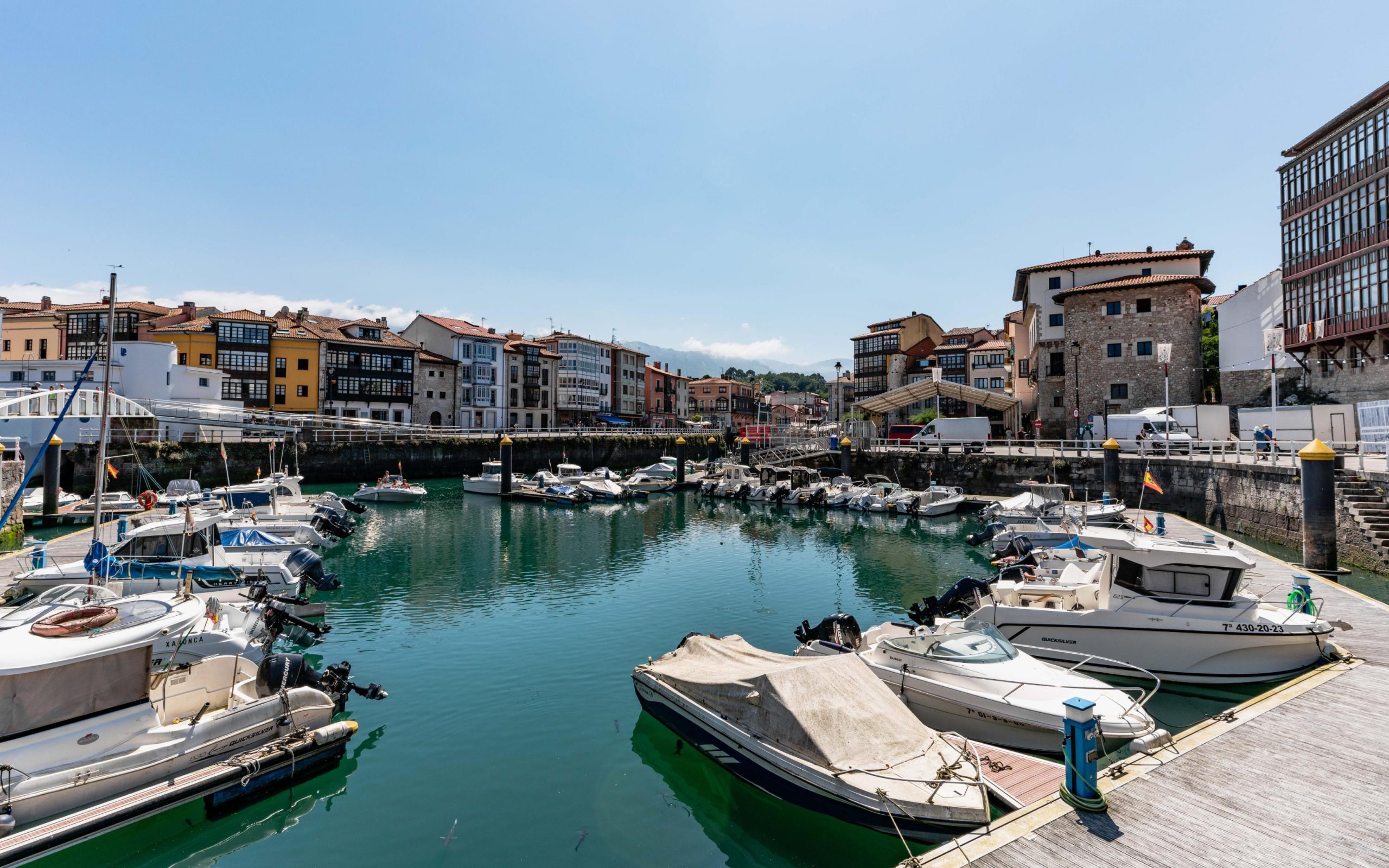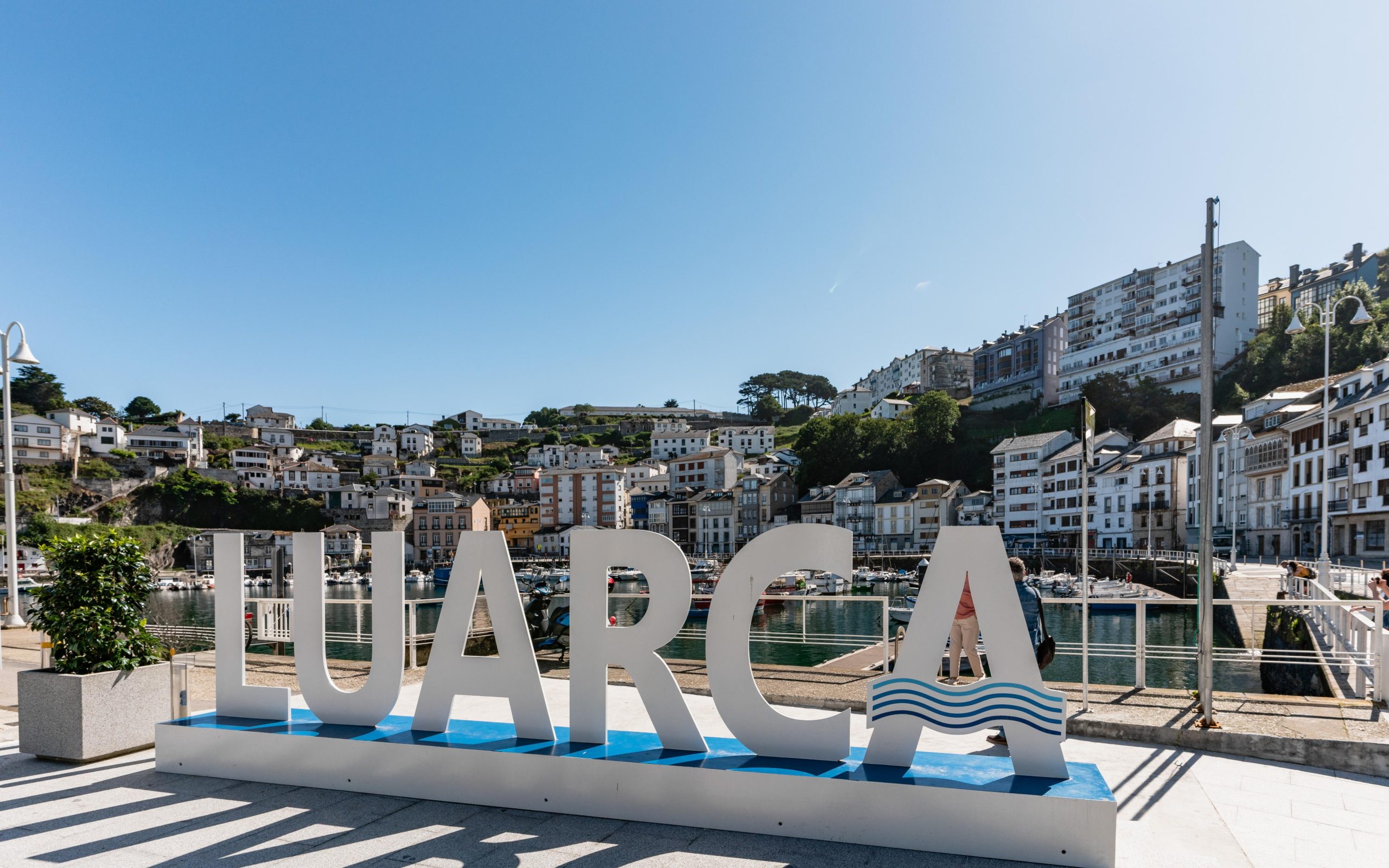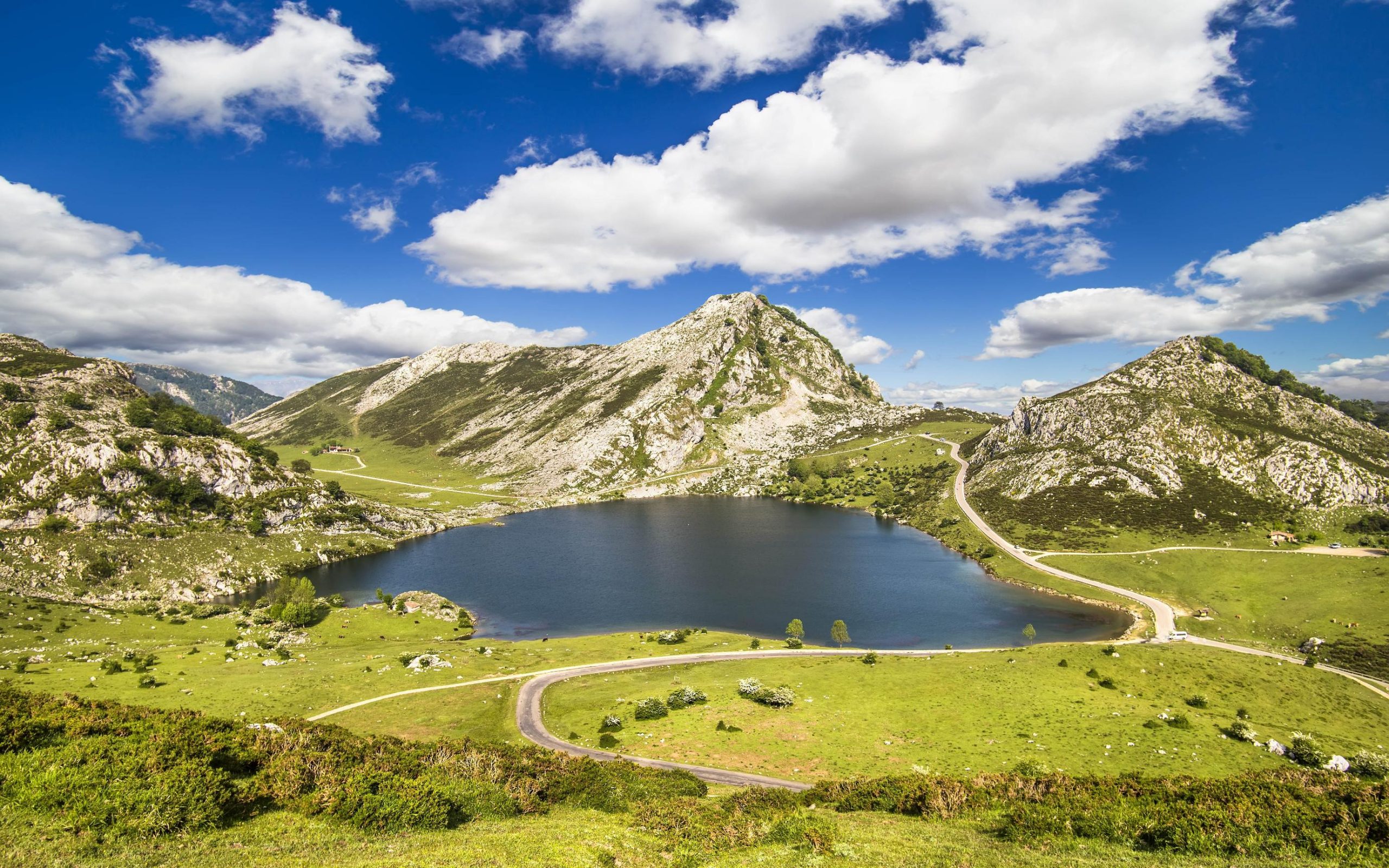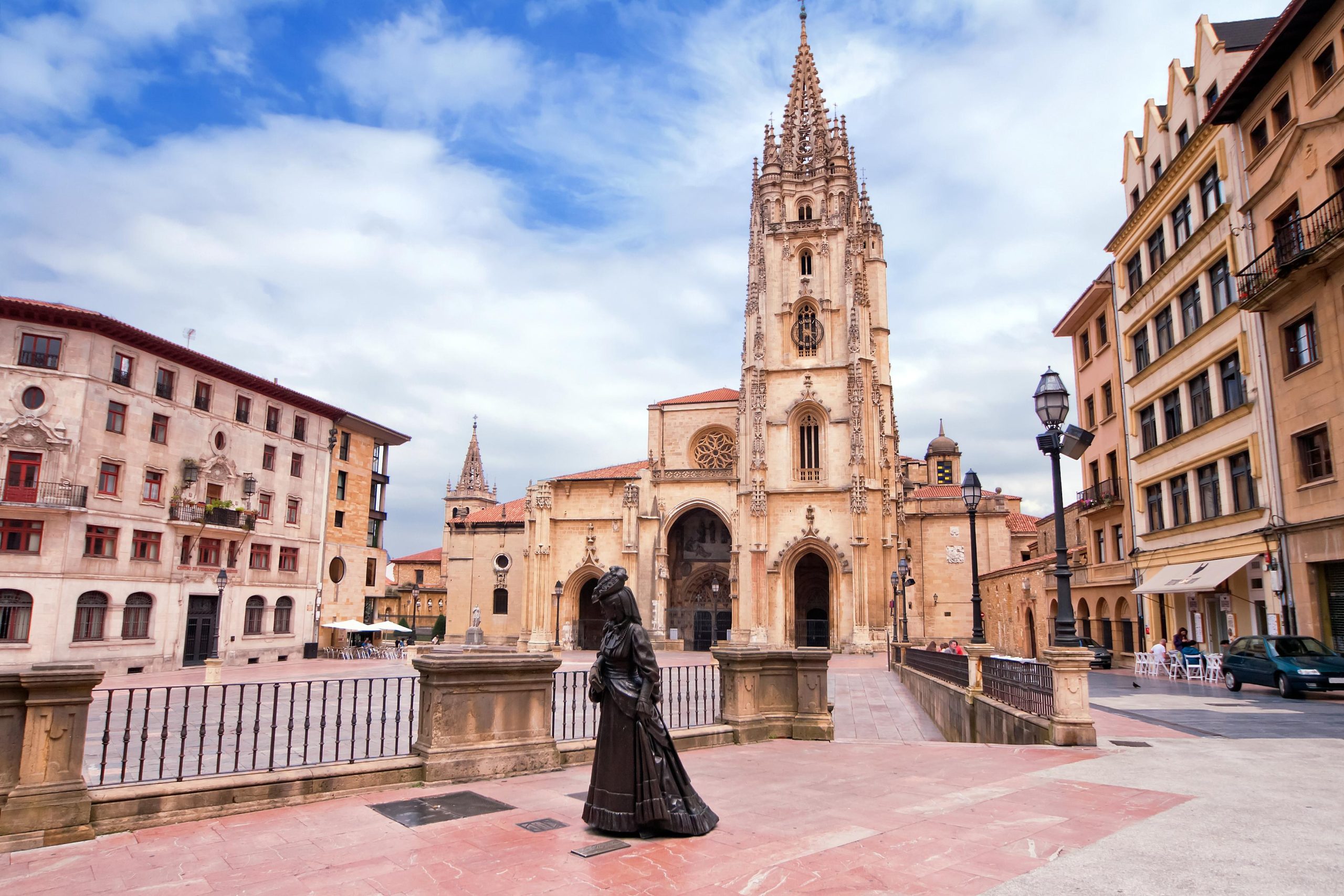Little did the 19th-century architects of the Senda del Oso know how their track would end up being used in the 21st century. What served as a mine railway for almost half a century has become one of the most stunning hiking and cycling trails of northern Spain – notwithstanding Cares Gorge, of course.
The 60-km Senda del Oso trail between Tuñón and Cueva Huerta or Ricabo (it forks out into a ‘Y’) treats hikers and cyclists alike to the unparalleled raw, natural beauty of Asturias. You might even get the chance to see the Cantabrian brown bear, an emblem of Asturias. In fact, the trail passes by Cercado de los Osos, a wildlife reserve where these endangered bears roam in semi-liberty.
Senda del Oso: Features
Senda del Oso is a 59-km, point-to-point trail. Begin the ‘Y’-shaped trek in Tuñón and end in either Cueva Huerta or Ricabo. The trail is perfectly signposted and bounded by a wooden fence, with easy gradients since it was mining railway until 1963. It is an ideal destination for some hiking or cycling.
The trail runs through lush vegetation and dense forests, with several wooden bridges over spectacular drops, and illuminated tunnels through rugged mountains. Thousands of sport and nature enthusiasts complete the trail every year.
Ruta del Oso: Points of interest
The 40-km trail offers some of the most unspoilt nature Asturias has to offer. Learn about the unique geological and biological features of the area as you make your way along the trail. There are several signposts providing detailed information on the history and the flora and fauna of the region. Some of these include:
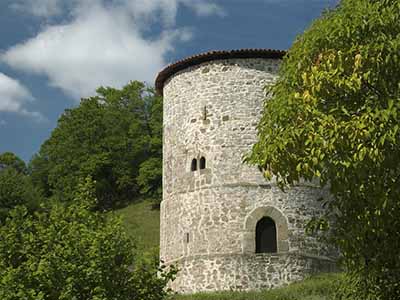
- Tuñón: This quaint Asturian village houses the church of Santo Adriano de Tuñón, a fine example of Romanesque architecture (c. 900-1200).
- Proaza: Home to the Cantabrian brown bear wildlife reserve, come and observe the bears in their natural habitat. Used to human presence, the bears don’t usually shy away from humans – especially when it’s time to come down for lunch!
- Valdemurrio Lake: A top destination in the area for water sports. Give your legs a break and rent a canoe. Glide across the lake as you take in the landscape.
- Valdecerezales Gorge: Carved out for millions of years by the Teverga River, its towering walls of granite rock exude astounding beauty.
- The Ethnographic Museum of Quirós: Located on a former mining site and partially housed in what was a smelter, the museum provides an overview of how mining changed the way of life in the region .
- The Teverga Prehistoric Park: Discover the Upper Palaeolithic Era as you visit archaeological artefacts from the region and around Europe.
Cycling the Senda del Oso
Discovering the Senda del Oso by bicycle is a true delight. It can easily be done in one day but take the time to do it in two. Spend the night in one of the villages along the way and complete the return the next day. You’ll experience what the region has to offer to its fullest.
Doing the full trail by bicycle is more than feasible. Start in Tuñón and head towards the Cueva Huerta. Then, double back towards Caranga and take the fork towards Ricabo.

The trail presents easy gradients (no more than 4%) and is perfectly signposted. Nonetheless, we do recommend you proceed with caution, since there will be hikers on the trail as well. Especially, when cycling through the tunnels. Though generally well lit, there are sections with reduced visibility.
The Senda del Oso: Child-friendly
The features described in the cycling section also make the trail hikable for children. If you decide to do the entire trail, it is best to divide it into different stages (2-3-4) to accommodate the age and level of physical fitness of the children. There are several recreational areas along the trails, with water fountains and rest areas, where hikers can recharge their batteries while they take in the beautiful scenery.
The villages along the way offer a great selection of lodging, though it is best to be reserved in advance, especially during the summer months.
The greatest takeaway from doing the Senda del Oso with children is seeing their awestruck expressions when they see the bears up close in the wildlife reserve in Proaza.
The bear is not the only animal you’ll get a glimpse of along the hike. The area is rich in a wide variety of flora and fauna. What better way to instil the importance of protecting the Earth?
Bear-watching in Asturias
There are approximately 250 wild Cantabrian bears in the Cantabrian Range. These animals roam the forests and mountains, looking for food and shelter, and they really do love the mountain habitat in Asturias. However, bears usually avoid humans so sightings are extremely rare. Even more so, if they are unplanned.
This is why the Senda del Oso offers one of the best opportunities in Asturias to observe these majestic animals in an environment similar to their natural habitat.

























































